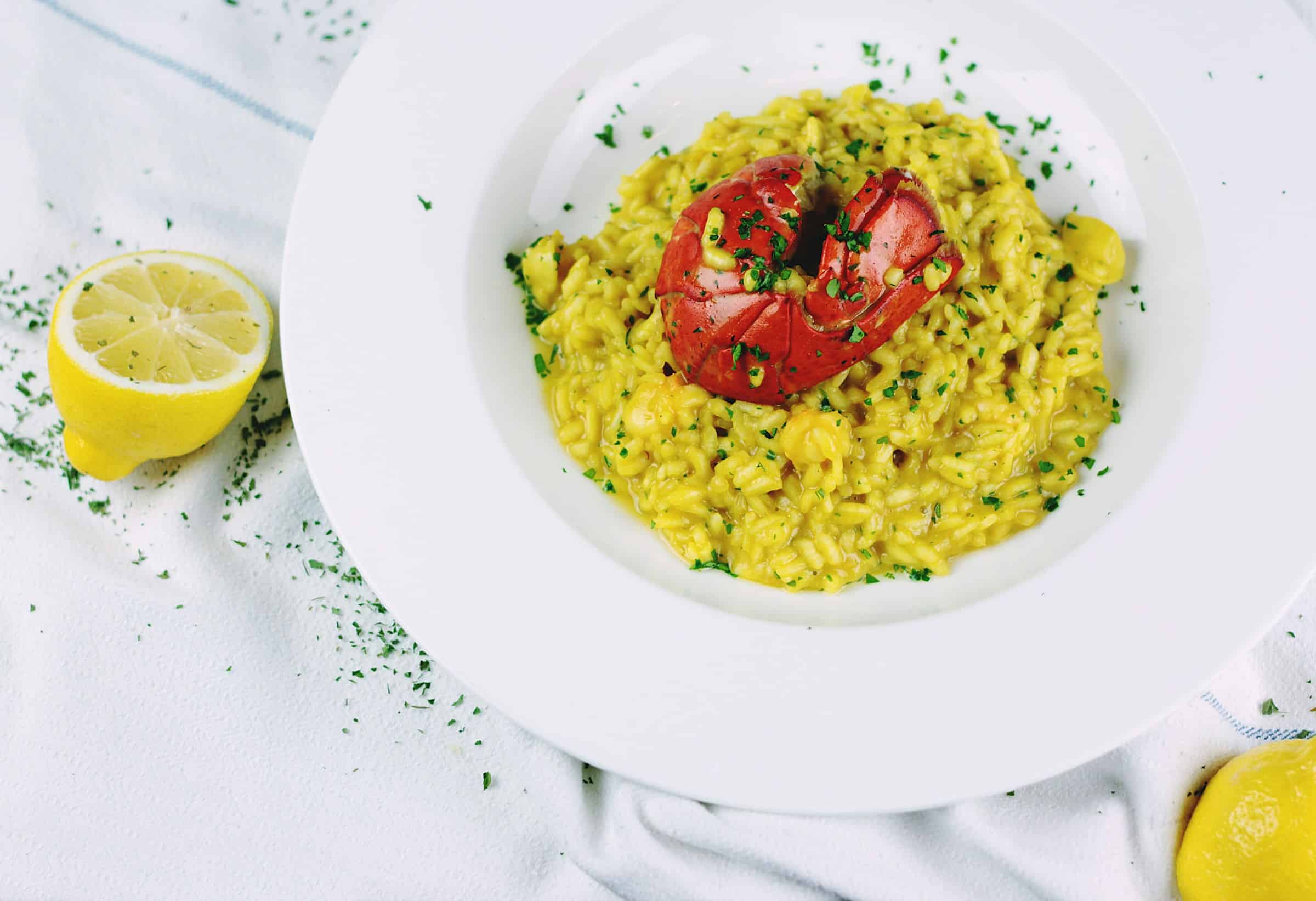How to Prepare a Vegan Butternut Squash Risotto with Sage and Pinenuts?

As the seasons shift and the leaves begin to fall, we find ourselves gravitating toward comfort food that warms the soul. One such dish that has been a favorite among food enthusiasts is the butternut squash risotto. Traditionally, risotto is often prepared with cheese and butter, but in this article, we’ll guide you on how to prepare a vegan butternut squash risotto with sage and pine nuts. This dish is rich, creamy, and packed with a mouthwatering blend of flavors that are sure to delight your taste buds.
Picking the Right Ingredients
Any culinary expert will tell you that the secret to a great dish is high-quality ingredients. So, let’s start with what you’ll need for this recipe.
Avez-vous vu cela : What’s the Key to a Perfect Moroccan Chicken Bastilla with Phyllo Pastry?
The star of this dish is, of course, butternut squash. When choosing a butternut squash, look for one that feels heavy for its size with a hard, unblemished rind. You will also need Arborio rice, a short-grain rice known for its ability to absorb liquid and create a creamy texture. Fresh sage leaves will add an earthy flavor that pairs beautifully with the natural sweetness of the butternut squash.
For the vegan element, we will be using olive oil instead of butter to sauté the onions and garlic. And instead of traditional chicken stock, we’ll be using vegetable stock. Pine nuts will add a satisfying crunch and a hint of nuttiness to the final dish.
Sujet a lire : How to Bake a Gourmet Lemon Drizzle Cake with Poppy Seeds and Glaze?
Preparing the Butternut Squash
The first step in creating your vegan butternut squash risotto is to prepare the squash. Preparing a butternut squash may seem daunting due to its tough exterior, but don’t let this deter you. It’s simpler than it looks.
Peel the skin off using a sharp knife or a vegetable peeler. Then, cut the squash in half, scoop out the seeds, and dice it into small cubes.
Next, you will roast your butternut squash cubes. Preheat your oven to 400°F (200°C), toss the cubes in olive oil, sprinkle with salt and pepper, and spread them out on a baking sheet. Roast for about 25 minutes, or until the squash is tender and slightly caramelized.
Cooking the Risotto
Now that the butternut squash is prepared, it’s time to cook the risotto.
First, heat your vegetable stock in a saucepan and keep it at a low simmer. This is because adding heated stock to the rice helps maintain the cooking temperature and allows the rice to cook evenly.
In a separate, large pan, heat some olive oil over medium heat. Add your chopped onions and minced garlic and cook until they are soft and translucent. Then, add your Arborio rice to the pan, stirring constantly to ensure that every grain is coated in oil.
Next, slowly start adding your heated vegetable stock, one ladle at a time. The key here is to stir continuously and allow each ladle of stock to be almost completely absorbed before adding the next. This slow addition of liquid is what makes risotto so creamy.
Adding the Finishing Touches
By now, your kitchen likely smells divine and your risotto is almost ready. After about 20 minutes, your rice should be al dente, which means it is cooked to be firm to the bite.
Now, stir in your roasted butternut squash. The heat from the risotto will soften the squash even further, allowing it to blend seamlessly with the rice.
Finally, it’s time to add your sage and pine nuts. Fry the sage leaves in a little bit of oil until they’re crisp. This not only intensifies their flavor but also adds a lovely crunch to your dish. Similarly, lightly toast your pine nuts until they become fragrant and golden.
Stir in the crispy sage and toasted pine nuts, reserving a few for garnish. And there you have it, a hearty, creamy, and entirely vegan butternut squash risotto.
Adapting the Recipe
While the recipe we’ve outlined is absolutely delicious, part of the fun of cooking is making a recipe your own. If you want to change things up a bit, there are many ways you can adapt this recipe to suit your preferences.
For instance, you might decide to add additional vegetables, such as spinach or peas, for extra color and nutrition. Or, experiment with different herbs and spices. Rosemary, thyme, or a pinch of nutmeg could all be wonderful additions.
Whatever tweaks you choose to make, the most important thing is that you enjoy the process of creating this delicious dish. After all, cooking is as much about the journey as it is about the final product.
Adding Vegan Parmesan and White Wine
Many traditional risotto recipes include the addition of Parmesan cheese, which adds a savory depth and creaminess to the dish. For our vegan butternut squash risotto, we can make an easy swap and use vegan Parmesan cheese instead. You’d be surprised at how well this substitute mimics the real deal.
Vegan Parmesan is available in many grocery stores, especially in health-focused or specialty stores. However, if you can’t find it, you can also make a homemade version using raw cashews, nutritional yeast, garlic powder, and salt.
The addition of white wine in risotto is another traditional step that we can include in our vegan version. Adding a splash of crisp white wine after sautéing the onions, garlic, and rice adds a layer of complexity to the risotto’s flavors. The acidity of the wine balances out the sweetness of the butternut squash and complements the nuttiness of the pine nuts and olive oil.
To do this, after your Arborio rice is well-coated in olive oil, pour in about half a cup of white wine. You’ll want to stir the risotto continuously at medium heat until the majority of the wine has evaporated, leaving behind just its flavorful essence. Afterward, you can proceed with the recipe as directed, adding your simmering vegetable stock one ladle at a time.
Serving Your Vegan Butternut Squash Risotto
Now comes the best part—serving and enjoying your vegan butternut squash risotto. Risotto is best served immediately after cooking while it’s still warm and creamy. Ladle a generous portion onto each plate.
Then, sprinkle a little bit of your vegan Parmesan on top of each serving. This will give your risotto a delightful cheesy finish. Add a few of your reserved crispy sage leaves and toasted pine nuts as a garnish. Not only do these add gorgeous visual appeal, but they also provide a lovely crunch contrast to the creaminess of the risotto.
If you want to add some color to the dish, a sprinkle of fresh chopped parsley or even a bit of fresh thyme would not go amiss. For those who like a touch of heat, a light sprinkle of red pepper flakes can give your vegan risotto a delightful kick.
While this vegan butternut squash risotto is filling enough to be a meal in itself, it also pairs beautifully with a simple green salad or some crusty gluten-free bread.
Remember, risotto is all about patience and constant stirring. So, take your time, and your efforts will be rewarded with a dish that is comforting, satisfying, and packed with flavor!
Conclusion
In this article, we’ve shown you how to prepare a vegan butternut squash risotto with sage and pine nuts that is sure to impress your family and friends. It’s a dish that is not only warm and comforting but also packed with healthy ingredients and full of flavor.
We’ve covered everything from picking the right ingredients, preparing the butternut squash, and cooking the risotto, to adding the finishing touches, and serving the dish. Furthermore, we’ve also given you some ideas on how you can adapt this recipe to suit your preferences.
Whether you’re a seasoned vegan, trying to incorporate more plant-based meals into your diet, or simply looking for a new risotto recipe to try, this vegan butternut squash risotto ticks all the boxes. So, why not give it a try? You might just discover your new favorite comfort food. Happy cooking!
